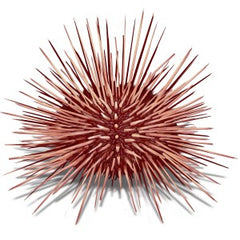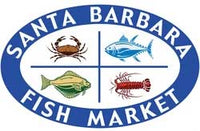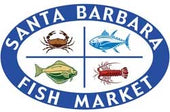Red Sea Urchin Ceviche

Sea urchins are found in the Pacific Ocean from as far north as Alaska to as far south as Baja California. They tend to live in rocky-floored kelp forests where they ingest their main sources of food - kelp and algae. These sea urchins are very important to their habitat because they help maintain the amounts of kelp and algae in the ocean.
Sea urchins belong to a group of marine invertebrates called echinoderms, which means spiny-skinned animals. They are related to sea stars, sea cucumbers, and sand dollars, all of which have a typical five-fold pattern. Southern California red sea urchins are the largest sea urchins in the world and can live to be 50 to 100 years old. However, unlike some fishes or sharks with long life spans, urchins reproduce at a young age and a female might release several million eggs at a time.
Urchins were once considered a pest because their voracious appetite for kelp severely affected the kelp harvest. But this changed in the 1970s when another use was discovered for the spiny echinoid: as a culinary delight. With access to proper processing and overnight shipping to markets, the sea urchin “gold rush” began.
Urchins are hand collected by divers and harvested by hand or with small-scale tools. This results in little unintended catch (bycatch) of other species and does not damage the ocean floor, thus leaving a smaller ecological footprint than most of the more popular sushi items.
The sea urchin industry is an important part of the coastal economy in California. The industry is centered in Santa Barbara and Ventura, although sea urchin diving takes place throughout California from San Diego to Fort Bragg, excluding the Central Coast. More than 300 divers work on nearly 180 vessels and sea urchin processors employ close to 900 people.
While nearly all urchins were initially exported to Japan when the trade first started, now one-third of the more than 800,000 pounds that are produced is consumed in the U.S. At the mammoth Tsukiji fish market just outside of Tokyo, our local red sea urchin regularly brings among the highest auction prices.
Each round shell contains five tongues of yellow-colored edible flesh in different shades of orange: the animal’s sex organs. There are 15 calories in every 2-teaspoon serving, which includes 48 milligrams of Omega-3 fatty acids, 1 gram of protein and 20 milligrams of fat. This so-called “Uni” gives off a salty ocean scent, and has a sweet buttery flavor and succulent texture that melts in your mouth. Many people describe it as a sweet taste of the very essence of ocean.
Here is a serving suggestion to get you started:
Sea Urchin Ceviche
1 flat of uni (sea urchin)
2 vine ripened tomatoes
1/4 small red onion cut into 1/8″ cubes
1/4 small jicama cut into 1/8″ cubes
1 serrano chili minced with seeds
2oz sea beans
6 green shiso leaves minced
1/4 C lime juice
1 Tbs olive oil
1 tsp kosher salt
black pepper
To prepare the tomatoes, quarter them and use your fingers to scrape out the seeds into a bowl and set aside. Cut the tomatoes into 1/4″ cubes and add them to a non-reactive bowl along with the red onion, jicama, chili, sea beans and shiso. Refrigerate until ready to serve.
To serve just whisk the lime juice, olive oil, salt and pepper together and pour over the vegetables. Toss gently to coat then plate individual servings, topping with a generous helping of sea urchin and the reserved tomato seeds.



